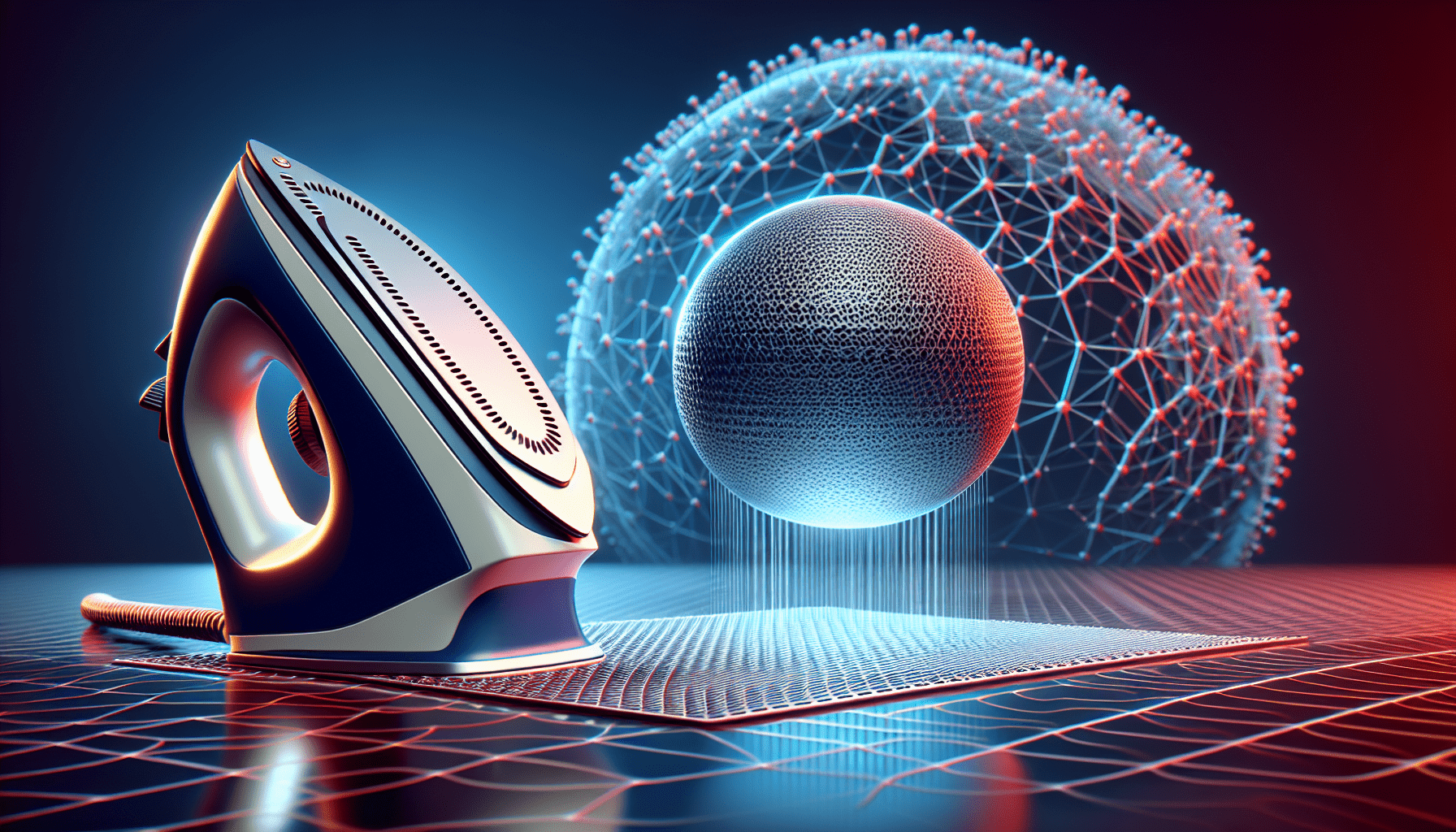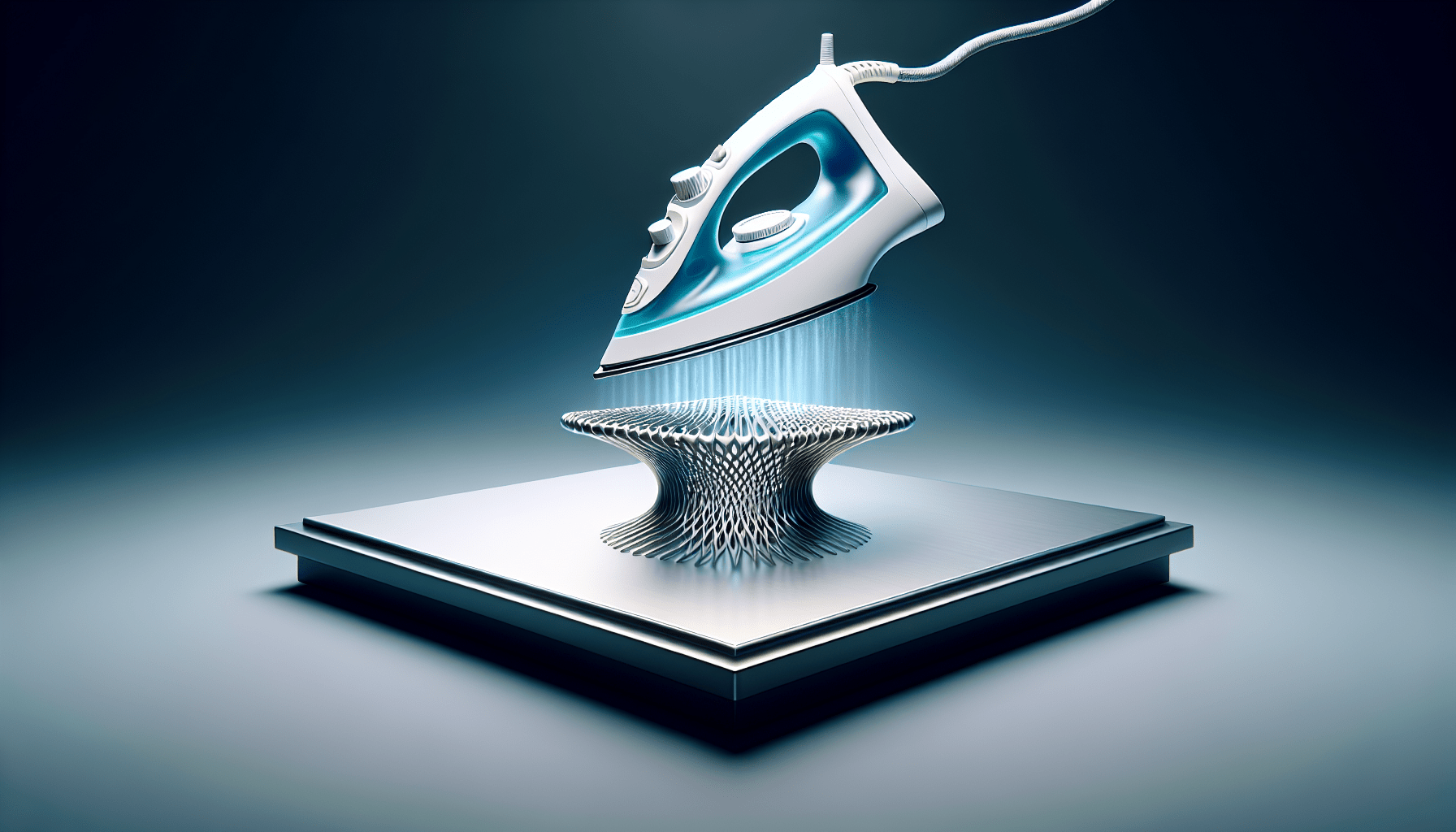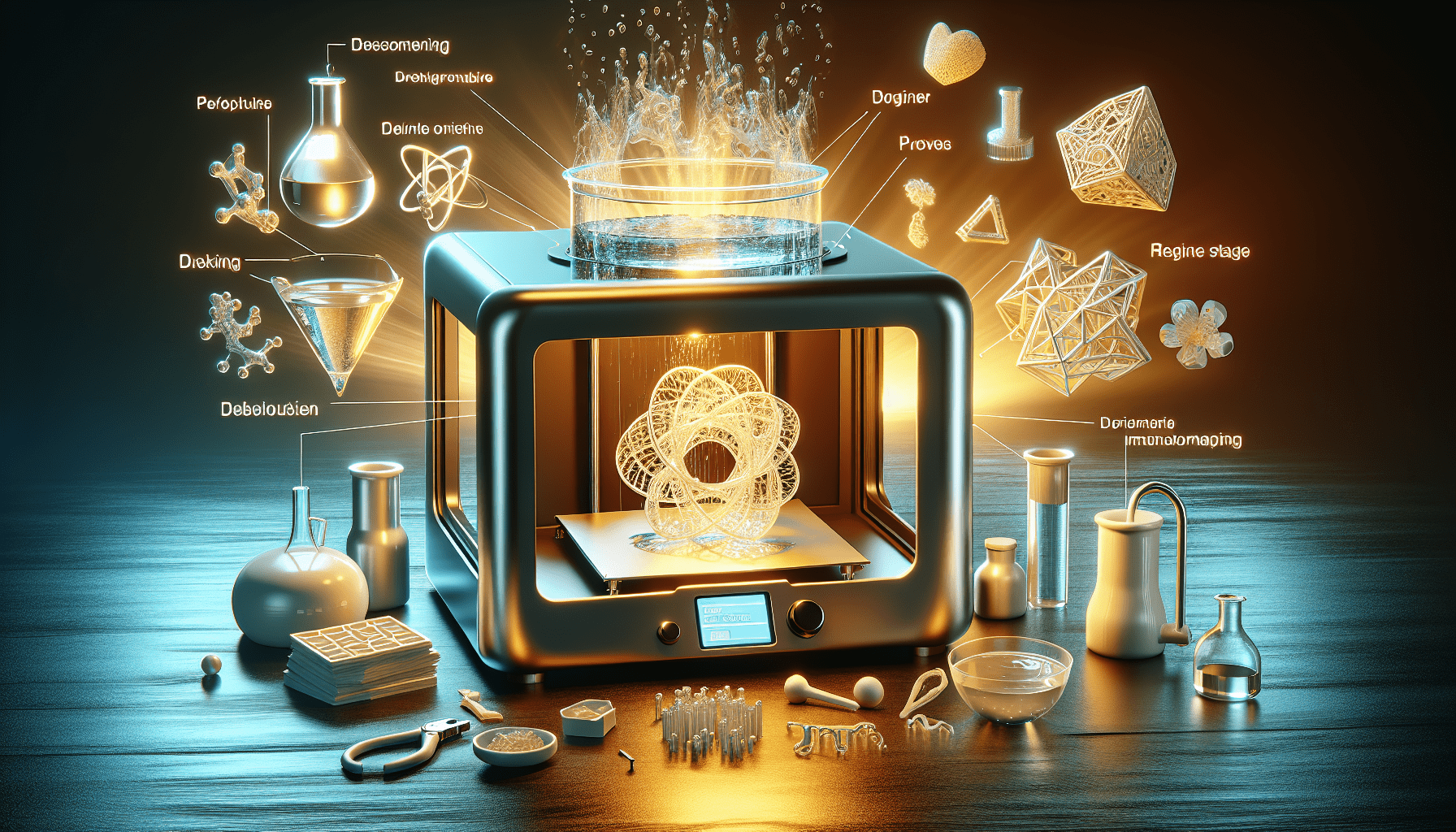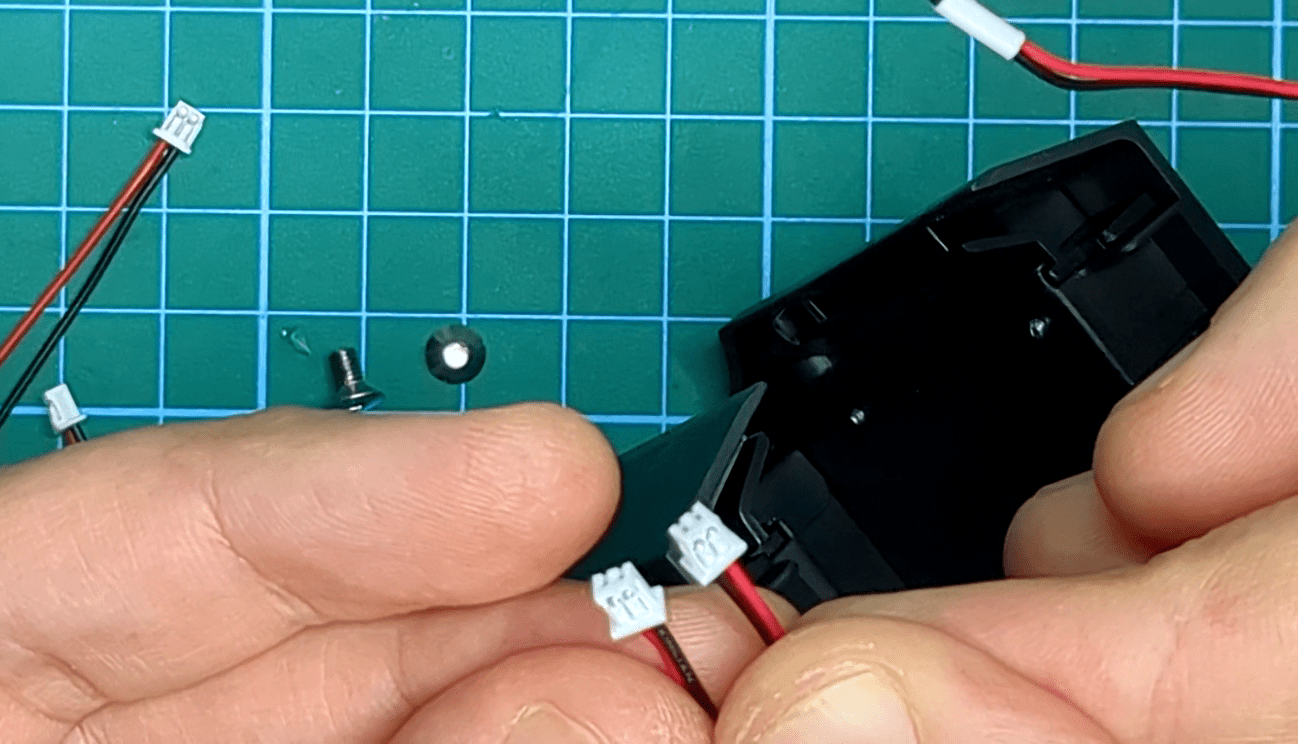ELEGOO Mars 5 Ultra 9K Resin 3D Printer, 150mm/h High Speed Printing, Smart Automatic Leveling, Intelligent Detection, WiFi-Transfer, Printing Size of 6.04 x 3.06 x 6.49 inch
$349.98 (as of May 29, 2025 10:56 GMT +00:00 - More infoProduct prices and availability are accurate as of the date/time indicated and are subject to change. Any price and availability information displayed on [relevant Amazon Site(s), as applicable] at the time of purchase will apply to the purchase of this product.)In the video “So Smooth… Ironing Settings in Cura for Perfect Top Layers – 3D Printer Pro Tips” by tr3nD maker, you will learn how to achieve professional and super smooth top layers in your 3D prints by using the ironing setting in Cura. The video, which is approximately 6 minutes long, covers everything you need to know about ironing and achieving perfect top layers using your 3D slicer. By adjusting the settings in Cura, you can enable ironing and choose the ironing pattern, line spacing, flow, and inset to achieve the desired smoothness and finish on the top surface of your prints. tr3nD maker provides clear instructions and recommendations based on their experience using these settings, making it a valuable resource for anyone looking to enhance the quality of their 3D prints.

Introduction
In the world of 3D printing, achieving perfect top layers can be a challenging task. However, with the right settings and techniques, it is possible to obtain professional and super smooth top layers. One such technique is the use of ironing settings in Cura, a popular 3D slicer software. In this article, we will explore the concept of ironing, its benefits, and how to adjust the Cura settings to achieve optimal results.
What is Ironing?
Ironing is a setting in Cura that allows the printer to add a skim coat of plastic to the top layers of a print. It involves the nozzle moving back and forth across the surface, creating an ironing effect that smooths out any imperfections. This process adds a small amount of plastic, typically around 10 to 15 percent, to create a smooth and polished surface. Ironing can run all the way up to the edges of the print or be limited to specific areas, depending on the desired outcome.
Find 3D Printing Accessories Here
Adjusting Cura Settings
To enable ironing in Cura, you need to adjust the settings in the software. Firstly, switch to expert mode in the settings menu. This will provide access to more advanced options for fine-tuning your prints. Next, set the layer height and nozzle size according to your printer’s specifications. Typically, a layer height of 0.2 millimeters and a nozzle size of 0.4 millimeters are common settings.
Setting the Layer Height and Nozzle Size
Setting the layer height and nozzle size is crucial for achieving smooth top layers. The layer height determines the thickness of each layer, while the nozzle size determines the width of the extruded filament. It is important to find the right balance between layer height and nozzle size to ensure proper adhesion and smoothness.

Configuring Wall Count and Layer Thickness
In addition to the layer height and nozzle size, configuring the wall count and layer thickness can also impact the quality of the top layers. The wall count refers to the number of walls that make up the sides of the print, while the layer thickness determines the thickness of each layer. Adjusting these settings allows for greater control over the overall structure and finish of the print.
Enabling Ironing
Once the basic settings are configured, it is time to enable ironing. In the expert settings menu, you will find an option to enable ironing. Simply click on “yes” to activate this feature. There is also an option to iron only the highest layer, which is useful for prints where only the top layer needs a smooth finish. However, if you want to iron all the flat surfaces, leave this option unchecked.
Choosing the Ironing Pattern
Cura provides different ironing patterns to choose from, such as zigzag and concentric. The zigzag pattern creates a back-and-forth motion, wiping across the print from one side to the other. On the other hand, the concentric pattern starts on the outer perimeters and gradually moves towards the center. The choice of ironing pattern depends on personal preference and the desired visual outcome.
Setting the Ironing Line Spacing
The ironing line spacing determines how far the nozzle will move over on each pass. For example, if the nozzle size is 0.4 millimeters, setting the line spacing to 0.2 millimeters will result in the nozzle overlapping halfway on each pass. This overlapping ensures a consistent and smooth ironing effect across the entire print. It is recommended to experiment with different line spacings to find the optimal balance for your specific printer.
Conclusion
In conclusion, ironing settings in Cura can greatly enhance the quality of top layers in 3D prints. By adjusting the Cura settings such as layer height, nozzle size, wall count, and layer thickness, it is possible to achieve professional and super smooth top layers. Enabling ironing and selecting the appropriate ironing pattern and line spacing can further refine the finish of the print. With these techniques, you can take your 3D prints to the next level and achieve the desired smoothness and quality.
Maintain Your 3D Printer with these Tools







